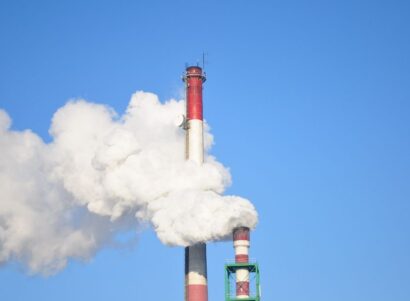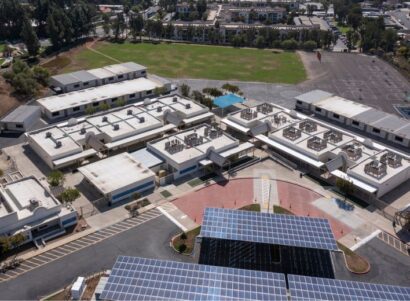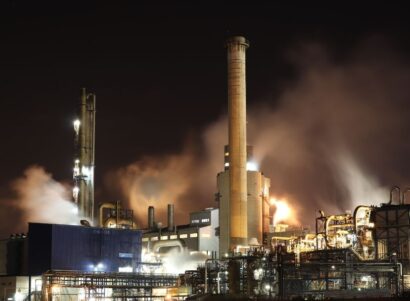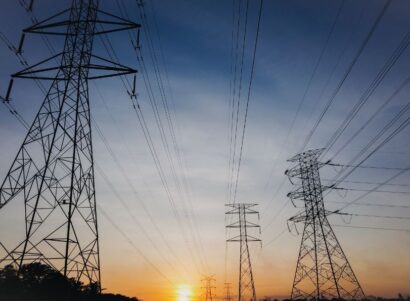Abstract
This report evaluates ambient air pollutant concentrations measured during hydraulic fracturing (HyF) and subsequent cleanout activities conducted as part of well stimulation treatments (WST) in California from a public health perspective. As part of this air monitoring study, measurements were also made at reference locations, including locations on the oil field but away from WST activities (background) and off-field (ambient) locations away from oil fields. The air monitoring data suggest that cancer risks and noncancer health risks associated with acute and chronic exposures are largely driven by benzene concentrations observed at off-field (ambient) locations.
The proximity of off-field (ambient) locations to oil field activities and the similarities observed between off-field and on-field air quality suggest off-field (ambient) reference sites may be more reflective of oil field air quality than regional air quality. It is recommended that specific locations known to represent regional air quality be selected for ambient monitoring locations. Based on this study, it is recommended that the approach to air quality monitoring should be modified to more adequately capture and characterize the influence of episodic emissions from oil and gas development on air quality; shorter and longer-term air sampling durations at each site would enable more robust evaluations of acute and chronic exposures. Additionally, WST activities are relatively short-lived and only represent a limited set of activities involved in oil and gas development that warrant further investigations into potential air quality impacts. As such, adequate characterization of oil field air quality should include a focus on the multiple and varied processes that enable the production, separation and processing of hydrocarbons in the upstream oil and gas environment.
Additional analyses and reporting can be found on the California Air Resources Board webpage, “Analysis of Data Collected during Well Stimulation Treatment Operations.“

 Report
Report






